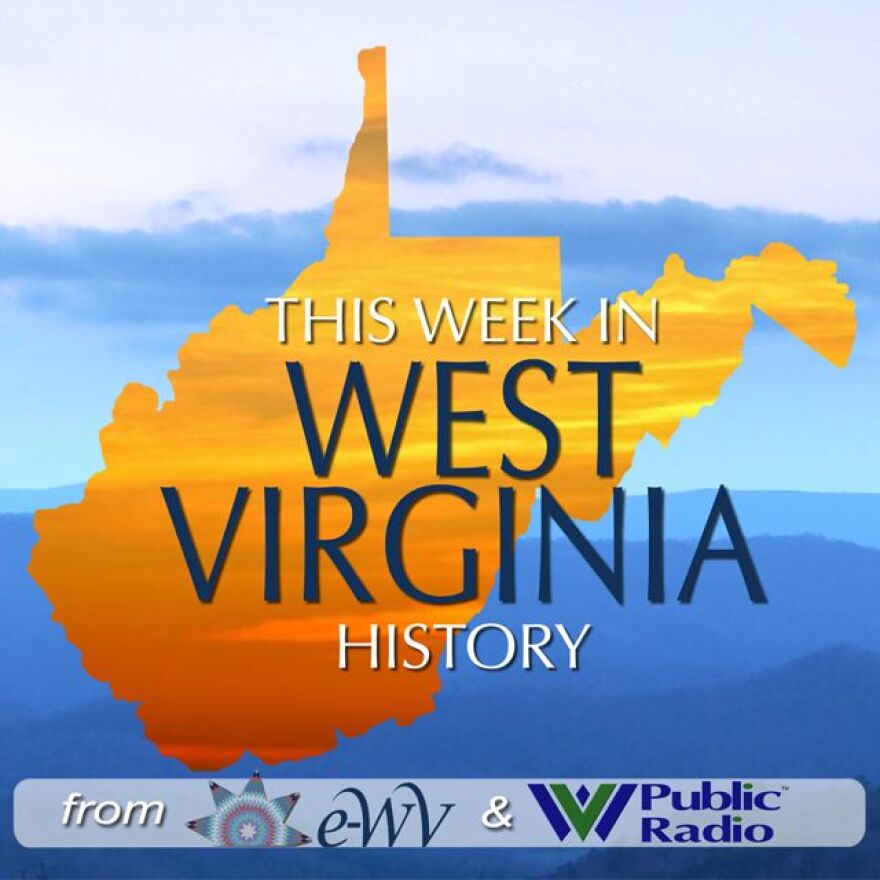On April 17, 1861, Virginia politicians voted to secede from the Union. The move came just days after the Civil War had erupted at Fort Sumter and after President Abraham Lincoln had called for 75,000 volunteers. For months, Virginia and other states in the Upper South had refused to join the new Confederate States of America. But, Lincoln’s call for volunteers tipped the balance.
After the secession vote, Virginia officials moved quickly to seize U.S. facilities within its borders. The next day, a small U.S. Army force set fire to the federal armory and arsenal at Harpers Ferry before it could be captured by pro-Southern militia. The Confederacy was able to salvage much of the machinery and ship it south, but the armory never operated again.
Virginia’s secession sparked the West Virginia statehood movement. More than two-thirds of the delegates from present-day West Virginia voted against secession. Afterward, John Carlile of Clarksburg and other pro-Union delegates, primarily from northwestern Virginia, returned home and mobilized citizens against secession. Weeks later, 37 counties sent representatives to the First Wheeling Convention—the first step in West Virginia’s two-year path to statehood.





















